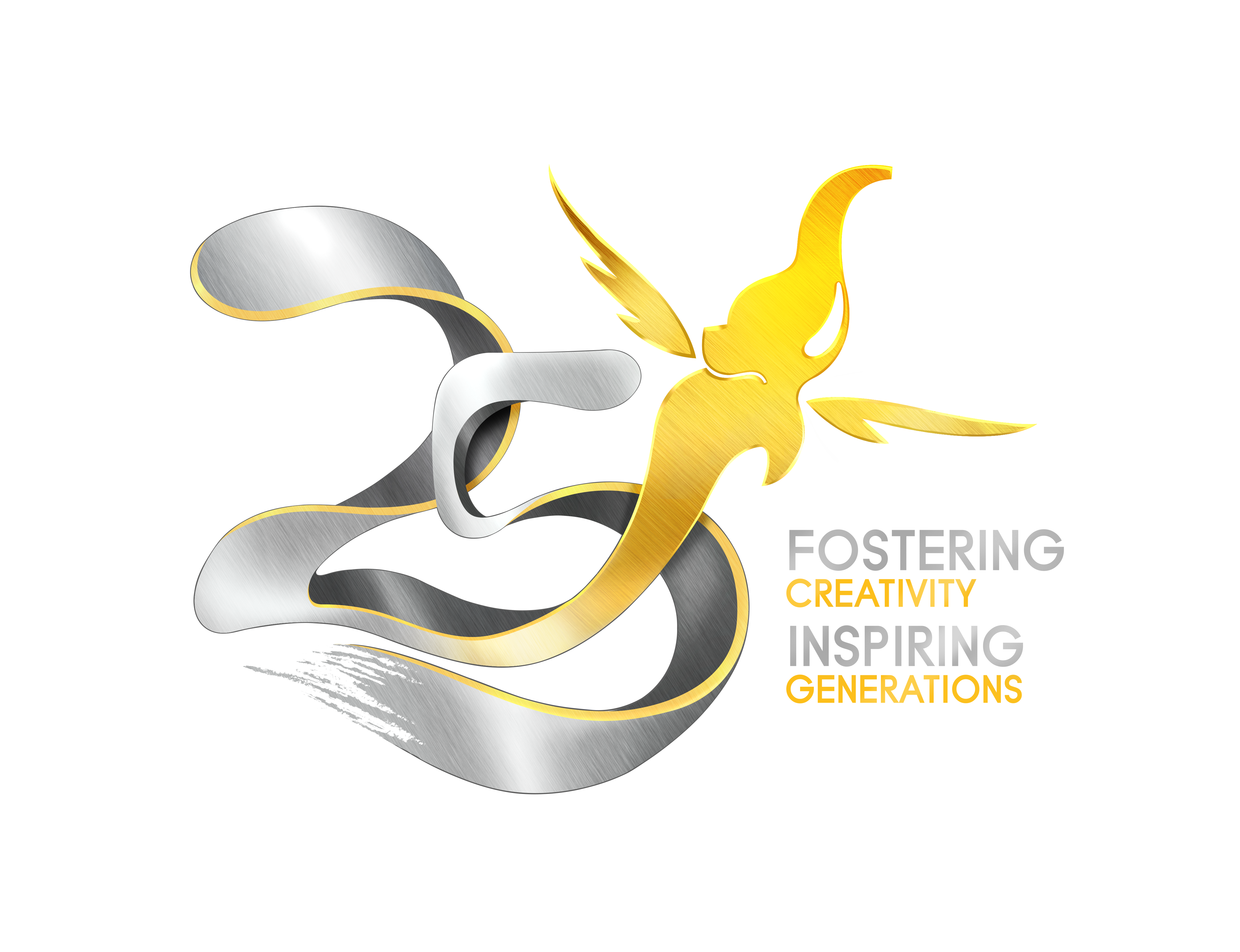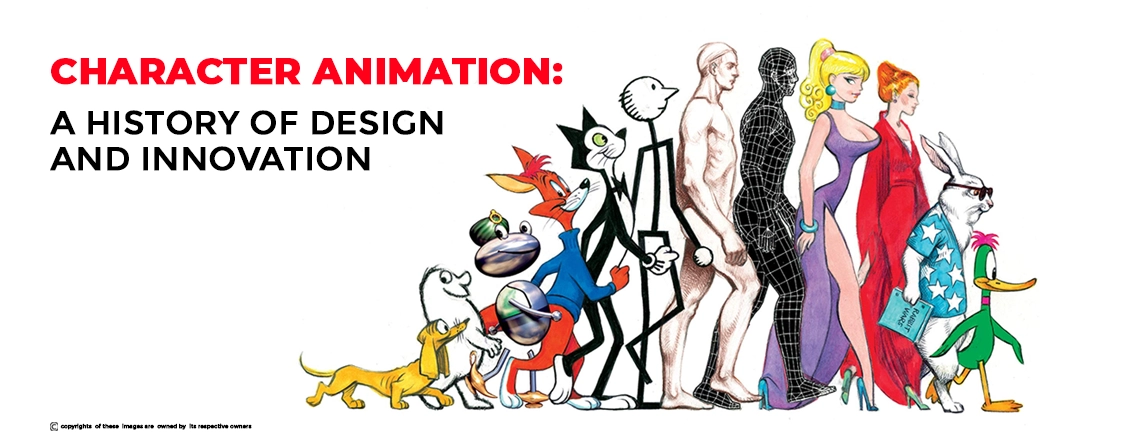Character Animation : A History of Design and Innovation
admin2023-05-18T04:20:10+00:00Animation has come a long way since its earliest days of hand-drawn animations with simple lines that produced moving visuals. The development of animation from those early stages to photorealistic characters in contemporary animation is a journey worth remembering. This article traces the evolution of character animation from hand-drawn to digital and how the innovation in design has contributed to how characters have been created and animated through history.
From Hand-Drawn to Photorealistic Characters: Animation in the 20th Century
The first notable animators, Emile Cohl and J. Stuart Blacktop, introduced the concept of a character in cinema. Cohl drew 700 individual drawings of a stick figure and filmed them in movement to show it interacting with its surroundings. This was the first-ever character to be made in a film. Over time, illustrations evolved into moving images with growing interest in Sunday comics leading many illustrator-turned-animators to create newspaper cartoons. ‘Gertie the Dinosaur’ by Winsor McCay began to display a stronger personality and presence despite its simple design. As the technique of animation was explored with more finesse, the details, expressions, and colour for characters started to increase.
The Emergence of Walt Disney
In the 1920s, Walt Disney created ‘Mickey Mouse,’ a character whose design and animation broke new ground. Mickey Mouse’s extreme movements and simple lines and body structure, coupled with synchronised sound, made ‘Steamboat Willie’ a game changer. Disney continued to develop their character designs and moved closer to achieving painterly visuals that felt natural and real. With their invention of multi-plane cameras, hand-drawn visuals and paintings could be enjoyed in depth. It propelled Disney into the 1940s with more photographic realism in their characters and backgrounds. Groundbreaking films such as Pinocchio, Fantasia, Bambi, The Adventures of Ichabod and Mr. Toad, Cinderella, Alice in Wonderland, Peter Pan, Sleeping Beauty, and The Jungle Book, put Disney at the forefront of animation evolution.
Non-Traditional Mediums of Animation
Pushing the boundaries further, The Fleischer Brothers used rotoscopy to create distinctive characters while Warner Bros. created snappy and cynical characters like Bugs Bunny and Road Runner. Puppet-theater based films from Europe, camera-less films of Norman McLaren, and the dark-themed stop-motion by Quay Brothers were some of the other non-traditional forms of animation that emerged. Stop-motion animation maintained the same level of detail and acting as feature and mass films like Disney. Aardman Animations made an impact with Wallace and Gromit, using clay to create a detailed and expressive character that was equally impactful.
The Evolution of Character Design and Animation Techniques: From Traditional Drawings to Advanced Software and Techniques
Character design involves several steps to bring a character to life. First, a concept is developed, including the character’s personality, backstory, and appearance. Then, the character designer sketches rough drawings of the character’s body shape, facial features, and clothing. The sketches are refined until the final design is chosen. Next, the character’s colour palette is chosen to establish its identity. Detailed turnarounds of the character from different angles are created to help animators ensure consistent movement. Finally, model sheets are created with the final design, turnarounds, and notes on the character’s personality and movement style to be used as a reference during the animation process.
The roles of character designers and animators in the production process are clearly defined. Character designers create the visual aspect of a character based on a script or description capturing its personality and appearance. On the other hand, animators bring these drawings to life by creating multiple frames that create the illusion of motion. Today, character animation has evolved to merge 2D, 3D, live-action and motion capture with advanced software.
A key example of this marked change in production is the Mickey Mouse shorts by Paul Ruddish. It combines traditional 2D animation with CG to create a seamless and dynamic animation. This has allowed for the character to keep its original charm and fluid acting while boosting the production process in cost-effective ways
Computer animation, introduced in the 1980s, saved time and money for filmmakers, allowing more resources for special effects and other film-enhancing technology. AI and VR have further advanced animation, with motion capture technology improving performance and animation quality. However, the appeal of hand-drawn aesthetics remains strong, and old or new aesthetics can still be achieved. Notable films like Space Jam (1996) and Spider-Man: Into the Spider-Verse (2018) demonstrate this.
Character design has evolved with technology, but the input of imagination from artists remains constant. Diversity, history, culture, and personal lives continue to influence character creation. The future of animation is exciting, and it will continue to evolve, bringing more amazing characters and stories to audiences.
Find more trending information on: https://toonz.co/

